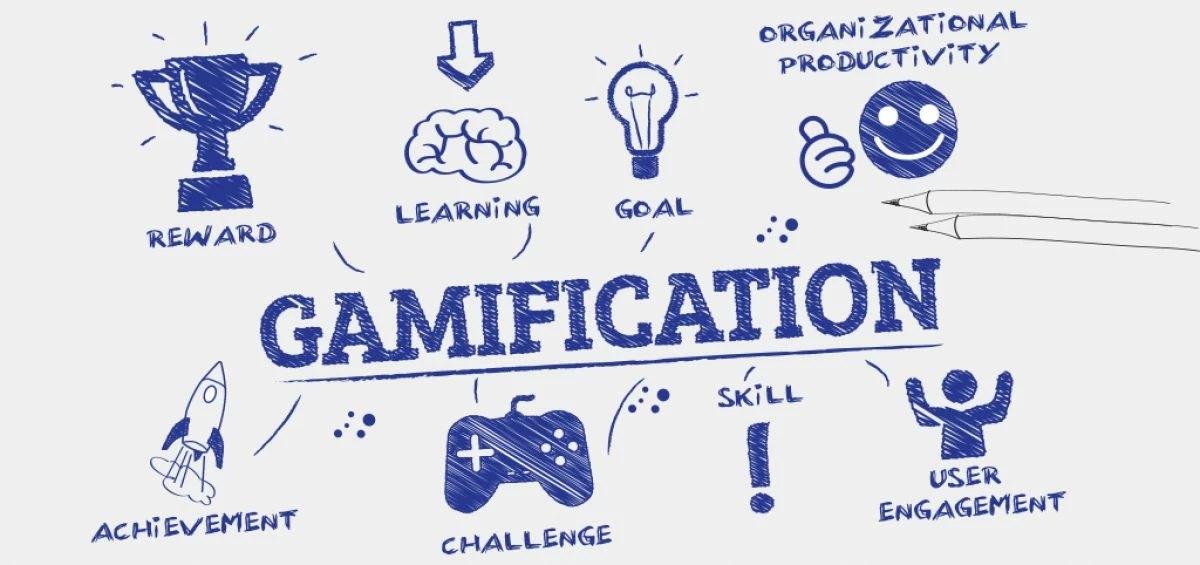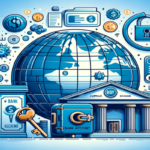Gamification traction is revolutionizing how we approach learning and earning online. Gamification involves integrating game-like elements and mechanics into non-game contexts, such as education and work, to enhance engagement, motivation, and overall performance. By tapping into our innate desire for competition, achievement, and rewards, gamification transforms mundane tasks into exciting and rewarding experiences.
Understanding gamification
Before delving into gamification’s benefits, what it entails is essential. At its core, gamification applies game design principles and elements to non-game contexts. These include points, badges, leaderboards, challenges, and rewards. By incorporating these elements, gamification aims to create a more engaging and immersive experience, making tasks feel more like play than work. Gamification taps into our intrinsic motivations, such as the desire for achievement, social recognition, and self-expression. When we encounter game-like elements in learning or earning context, our brains release dopamine, a neurotransmitter associated with pleasure and blooket join review. This positive reinforcement encourages us to continue engaging with the task, leading to increased motivation and persistence.
Gamification in Learning
- The traditional educational model often needs help to keep learners engaged and motivated. Gamification offers a solution by making learning more interactive, challenging, and rewarding. Incorporating game-like elements into educational content makes learners more likely to stay focused, retain information, and develop a positive attitude towards learning.
- Learners who visualize their progress through points, badges, or levels feel a sense of accomplishment and are motivated to continue their learning journey. Rewards, such as unlocking new content or receiving virtual currencies, provide an additional incentive to engage with the material.
- Gamification also promotes active learning by encouraging learners to take ownership of their education. Instead of passively absorbing information, learners are challenged to apply their knowledge through interactive quizzes, simulations, and problem-solving activities. This hands-on approach helps solidify understanding and develops critical thinking skills.
Gamification in Earning Online
Gamification is not limited to learning; it also has significant potential in online earning. Many online platforms and marketplaces have embraced gamification to incentivize user participation, drive engagement, and increase productivity. One common application of gamification in online earning is through loyalty programs and rewards systems. Users earn points, badges, or virtual currencies that can be redeemed for real-world rewards or discounts by completing tasks, making purchases, or referring friends. This gamified approach encourages users to engage actively with the platform, increasing transactions and revenue.
Gamification can also be used to motivate freelancers and remote workers. Platforms that connect freelancers with clients often incorporate game-like elements to encourage high-quality work and timely delivery. For example, freelancers may earn badges for consistently meeting deadlines or receiving positive client reviews.
Implementing gamification
If you’re interested in leveraging the power of gamification for your learning or earning endeavours, you employ several strategies. First, identify the specific goals you want to achieve and consider how game-like elements support those objectives. Learning may involve incorporating progress tracking, rewards, and interactive challenges into your study routine. To earn online, look for platforms that offer gamified features and reward systems aligned with your skills and interests. When designing your own gamified experience, balancing challenge and achievability is crucial. The tasks should be challenging enough to keep you engaged but not so complex that they become discouraging. Providing clear feedback and rewards regularly maintains motivation and a sense of progress.










